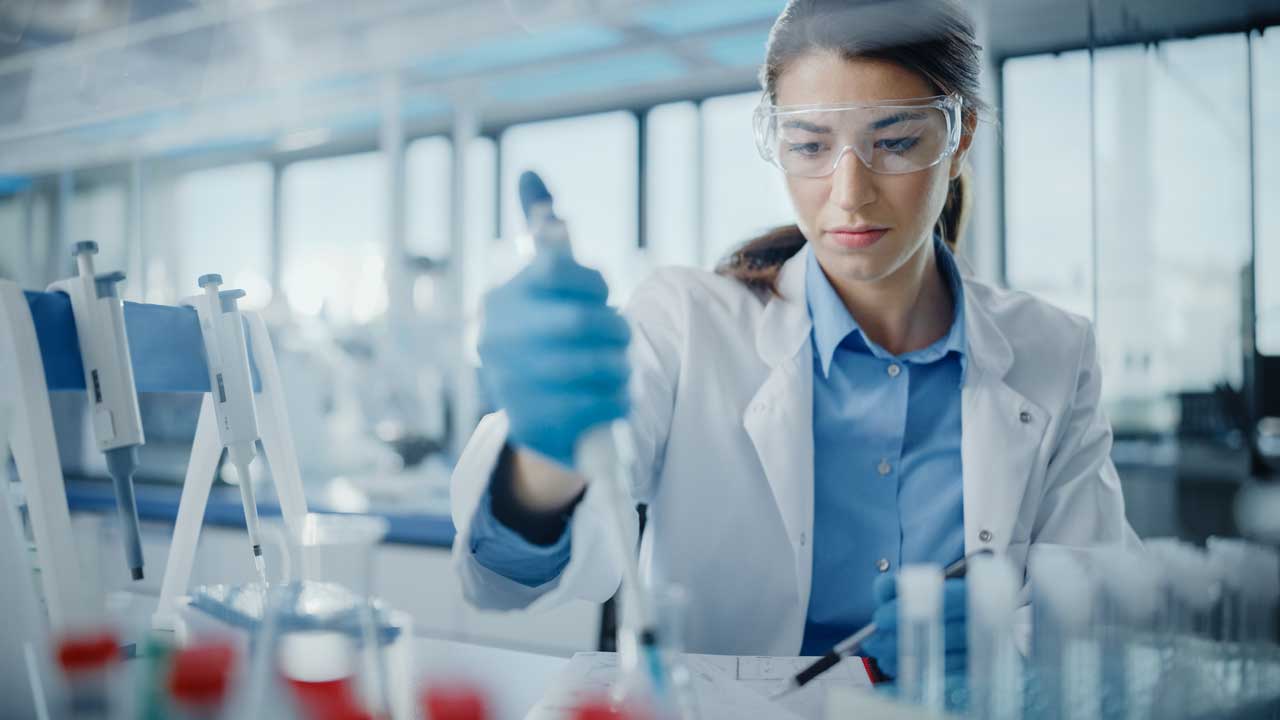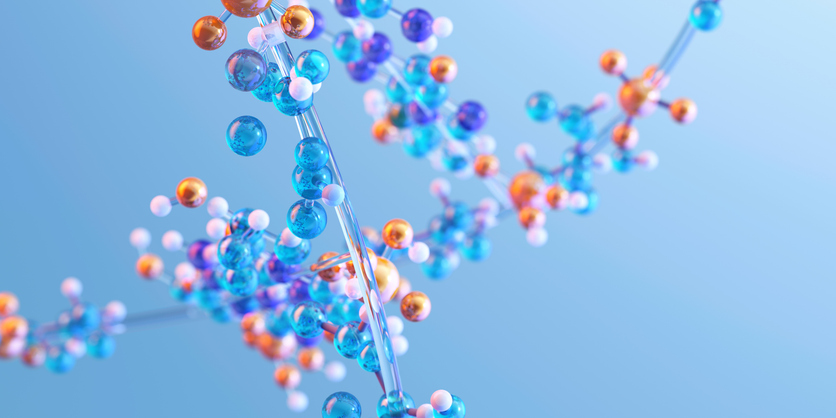
One of the biggest challenges facing the chemical industry is finding novel, efficient, cost-effective methods for reducing the carbon dioxide in the atmosphere. In addition to strategies transitioning our current fossil fuel-based economy to more renewable sources, scientists are working on ways to reduce and remove the carbon dioxide being released into the environment. A recent article published in Chemical & Engineering News lists some of the major methods being studied in the realm of carbon capture each with their own benefits and drawbacks.
Current Carbon Capture Methods:
Specialty Solvents – One of the most widely used carbon capture techniques exploits carefully tailored solvents that can selectively trap carbon dioxide while letting other gases simply pass through. Though in the process the carbon dioxide must be boiled off, trapped, and stored, a laborious, and energy inefficient process.
Solid sorbents – This method consists of using zeolites (porous particles), metal-organic frameworks (MOFs), and a variety of other solids that are specially functionalized with amine groups that can selectively trap carbon dioxide. Significant investments in this method are being made because it is more efficient than the traditional solvent method though it has not been widely adapted in the chemical industry yet.
Membranes – Membranes composed of “selectively permeable materials” that act as barriers are even more efficient at separating carbon dioxide from other gases and have already been implemented in the natural gas processing industry but still require more research and optimization.
Enzymes – A classic carbon capture approach revolved around bubbling carbon dioxide through aqueous potassium carbonate, a method so robust it was used to scrub carbon dioxide on submarines. But because of its slow reaction kinetics, researchers nowadays are experimenting with catalyzing the reaction with modified enzymes that can speed up and increase the efficiency of carbon capture.
Cryogenic carbon-capture – This modern method involves cooling gas streams from industrial processes until the carbon dioxide condenses into a solid or liquid. These gas mixtures often contain nitrogen which remains in the gas form at those temperatures and is easily separable from the condensing carbon dioxide. One start-up, Earthly Labs, is exploring collecting the excess carbon dioxide given off by breweries in the beer-making process. Despite this, the process is still being developed for more industrial use.
Direct air capture (DAC) – Unlike the previous methods described that are designed to trap carbon dioxide at the point of production, DAC is designed to take carbon dioxide out of the atmosphere and repurpose it for use in the production process of cement, glass, and other useful items. Despite the utility of this process, the cost is still considerably high for most industries to readily adapt. Research is being conducted to lower the investment required to make DAC widespread across the chemical industry.
Each of the methods described above is a unique perspective into ways that scientists can reduce their carbon footprint. While many of these methods are still in their infancy and require significantly more research and development, they represent a burgeoning field of chemical research that could lead to some of the most important scientific breakthroughs of our lifetime.
The next time you open a can of seltzer, soda, or a beer, just know that some of the world’s top scientists are working on ways to capture and treat that little refreshing burst of carbon dioxide!


